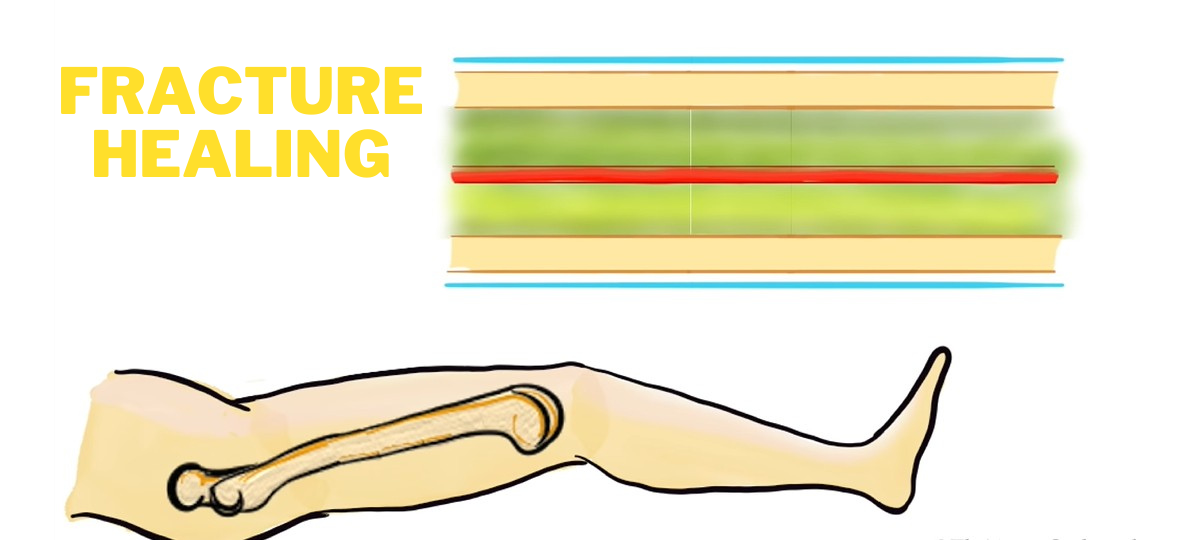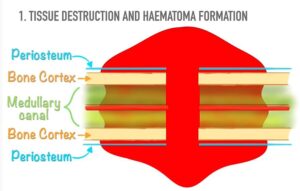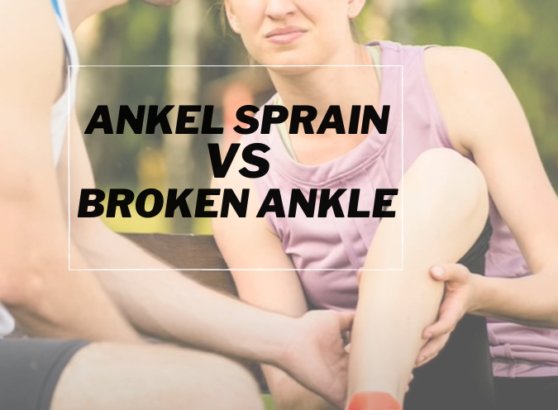Fracture healing is a specialized type of wound healing comprised of a sequence of inflammation, repair, and remodeling. That can restore the injured bone in the way of fracture heals depends on the amount of movement occurring between the fragments.
Where there is some movement at the fracture secondary bone healing occurs with a gradual transition of tissue types as the healing progresses.
Secondary Bone Healing:
Secondary bone healing is the natural form of healing in tubular bones under most circumstances there is some movement at the fracture site and bone heals with a callus in five overlapping phases.
These are the phase of tissue destruction and hematoma formation then the inflammatory phase, soft callus formation followed by hard callus formation, and the remodeling of the bone.
1. Tissue Destruction And Haematoma Formation
Following a bone, fracture vessels are torn and hematoma forms surround the fracture.
2. Inflammation (Week 1)
Within a few hours of the fracture, there is an acute inflammatory reaction with the influx of inflammatory cells from surrounding soft tissues.
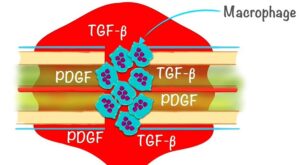
Various inflammatory mediators come into play which includes cytokines transforming growth factor-beta and platelet-derived growth factor.
Later on, the clotted hematoma is slowly and find new capillaries grow into the area by the end of this phase the mesenchymal stem cell start to multiply. These stem cells are derived from the periosteum the breached medullary canal and the surrounding muscles.
3. Soft Callus (Weeks 2-3)
Muscles in depending on the local biological and biomechanical environment. The stem cells differentiate into fibroblasts, Chondroblasts, and Osteoblasts.
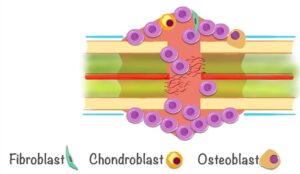
Simultaneously osteoblast starts clearing up the dead bone. The granulation tissue is gradually replaced with fibrous connective tissue and cartilage the thick cellular mass with it silence of a mature bone and cartilage forms the callous or splint the periosteum and industrial surfaces.
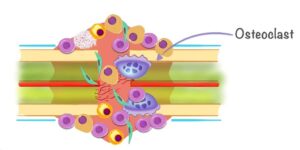
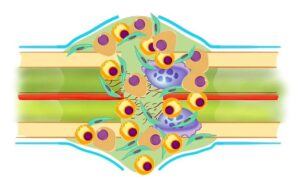
The fracture ends becomes sticky and movement is reduced.
4. Hard Callus & Consolidation (Weeks 4-12)
Bone formation begins within the soft callus, where the strain is lowest. Bone can be formed in two ways by intramembranous ossification and by endochondral ossification.
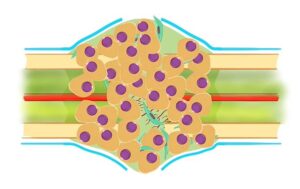
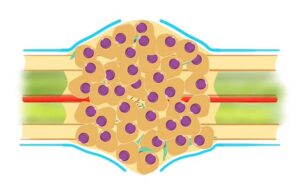
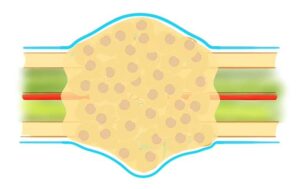
Calcium is laid down in the matrix and the callus then becomes visible on radiographs as the immature fiber bone or the woven bone.
The fracture has consolidated once it has completely healed with the bridging bone.
5. Remodeling (Months to Years)
Now the fracture has been bridged by a cuff of solid bone over a period of months or even years.
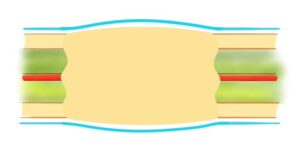

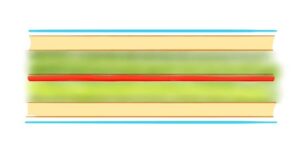
The crude world is reshaped by a continuous process of alternating bone resorption and formation.
This is the same process as occurs in routine skeletal turnover as well as in primary bone healing.
Also Read: Types of Bone Fractures: Causes, Symptoms, and Treatment
Primary Bone Healing:
In primary bone healing, bone healing is seen when the fracture is reduced and helps absolutely rigidly following internal fixation.
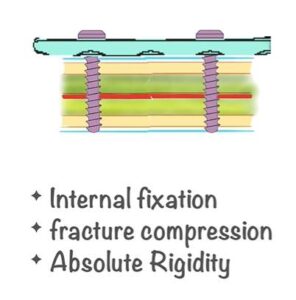
Fracture and compression also a similar pattern of healing is seen in the impacted fracture in cancellous bones.
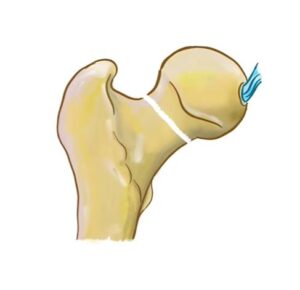
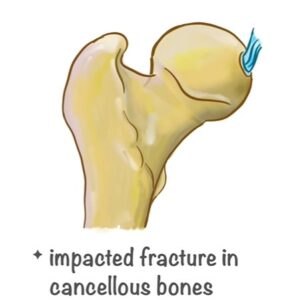
Two patterns of primary bone healing are observed,
Gap healing
New capillaries and osteoprogenitor cells growing in from the fracture edges fill the gap and new bone is laid down on the exposed surface.
In case of very narrow gaps directly lamellar bone is formed.
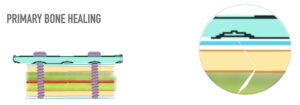

For wiper gaps initially woven bone is formed which is then remodeled to the lamellar bone.
Contact healing
When the fracture surfaces are in intimate contact and held rigidly from the outset.
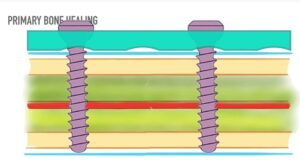
Internal bridging may occasionally occur without any intermediate stages and primary healing by three to four weeks bone remodeling unit starts acting.
Which lay down organize lamellar bone to create a brand new Haversian system.
So this was a brief description of the bone healing process.


